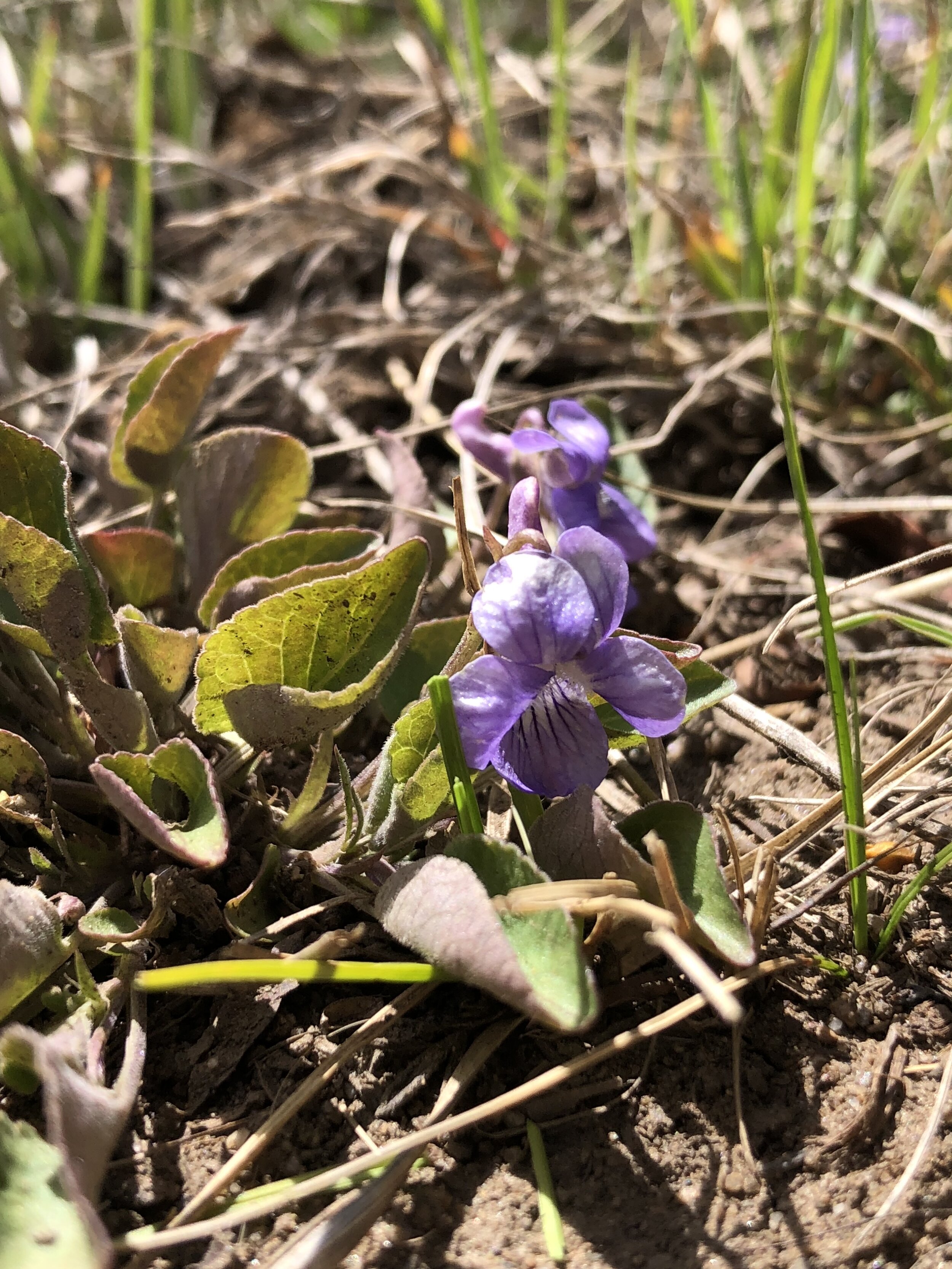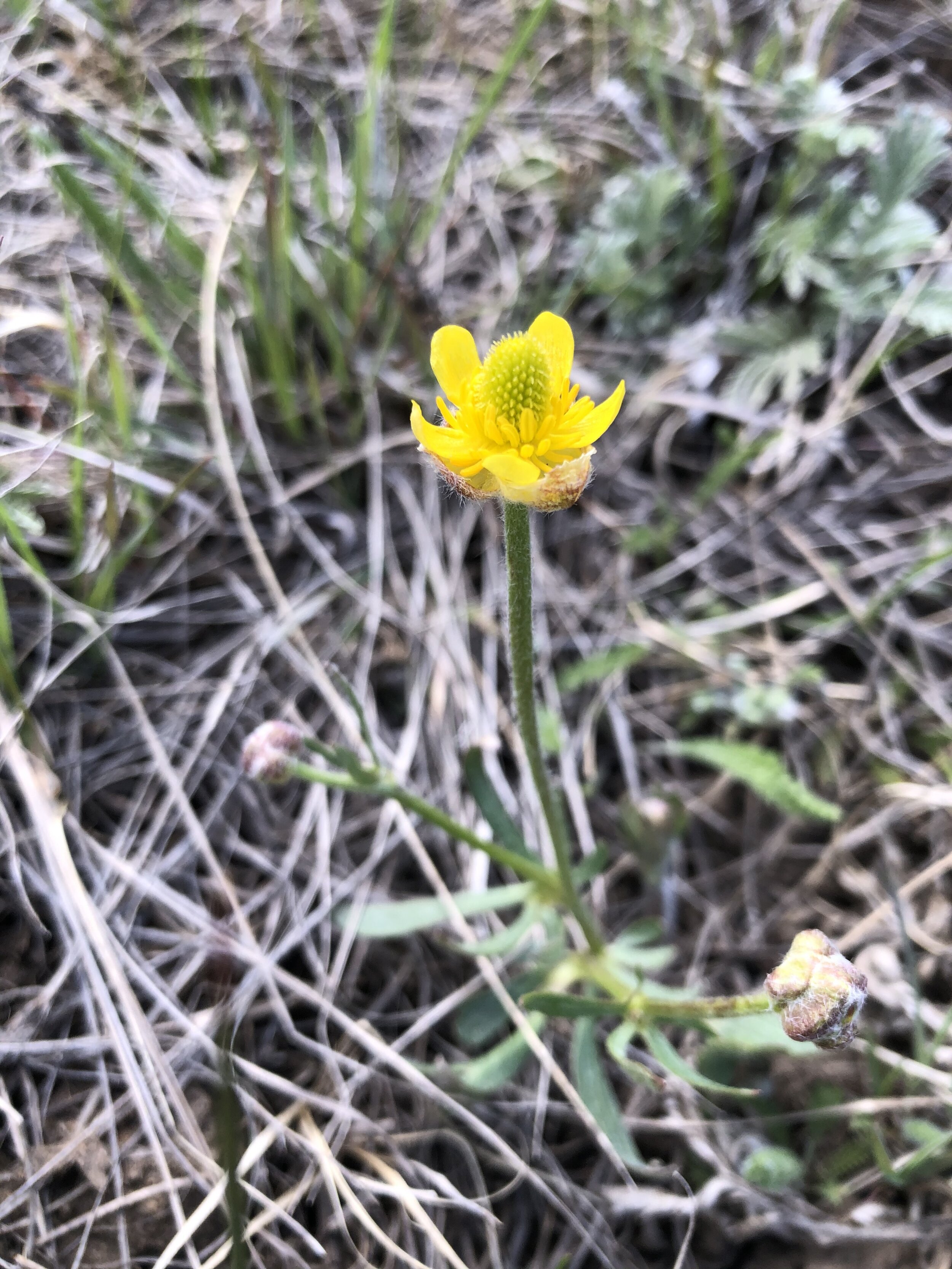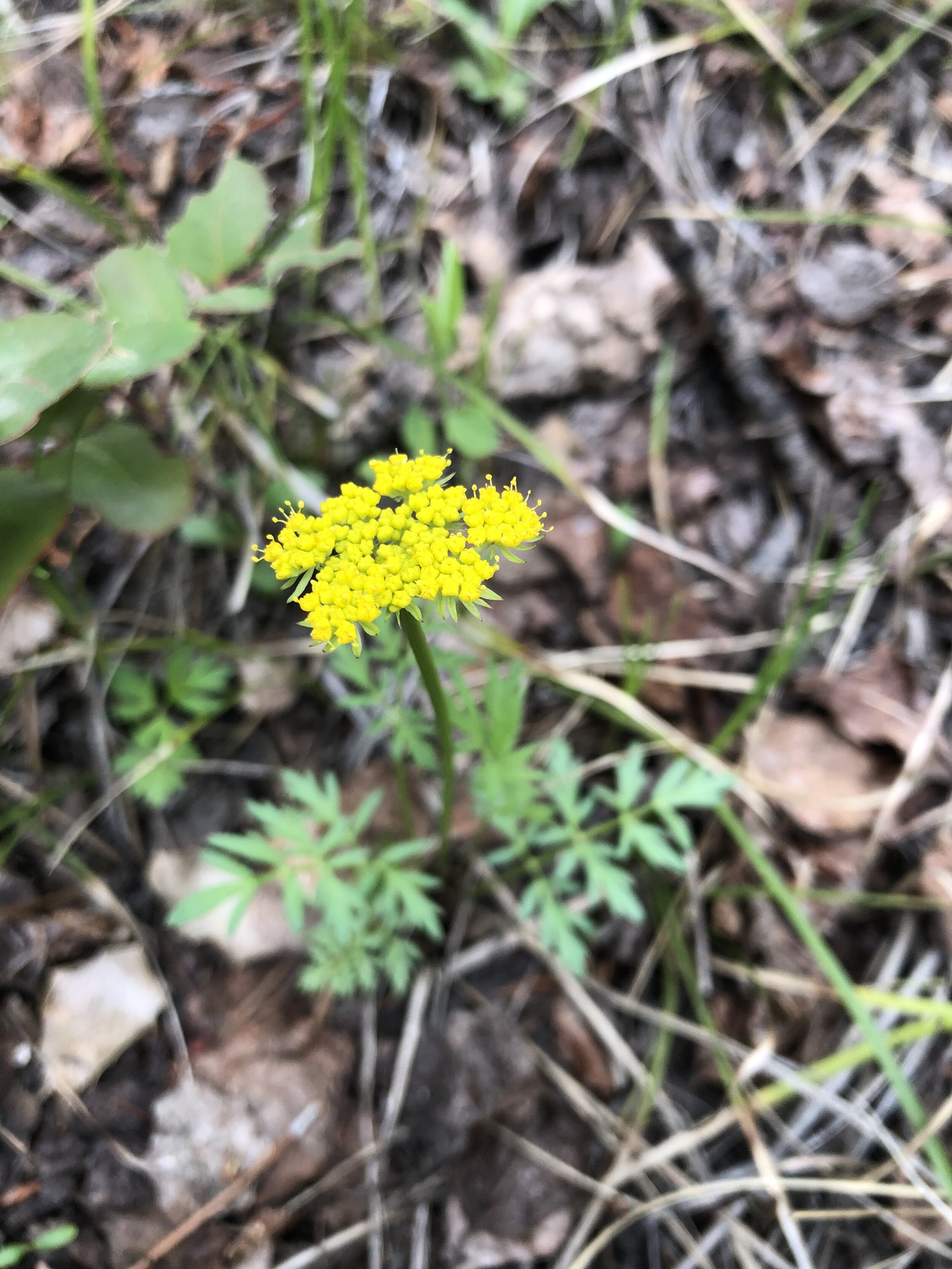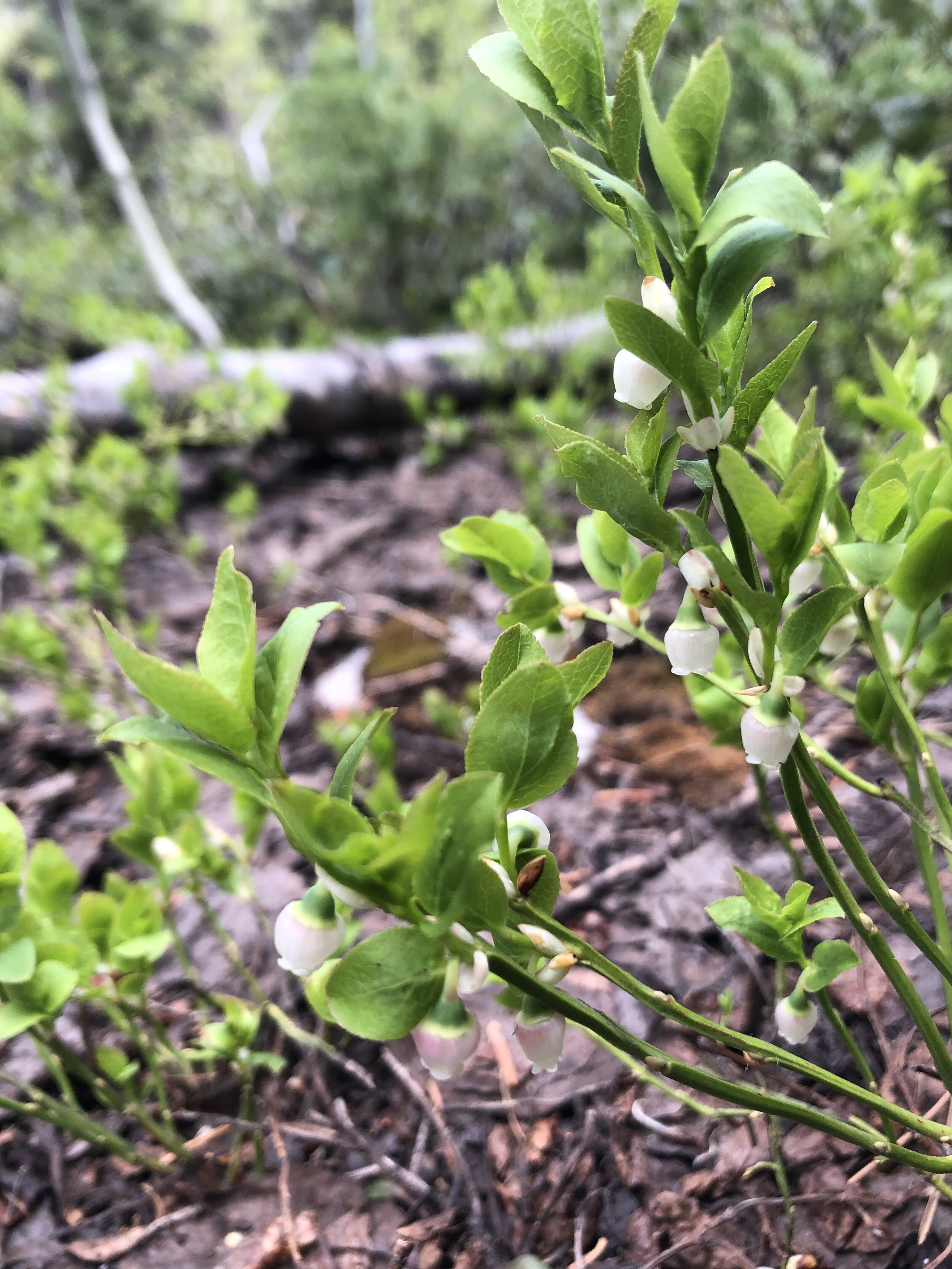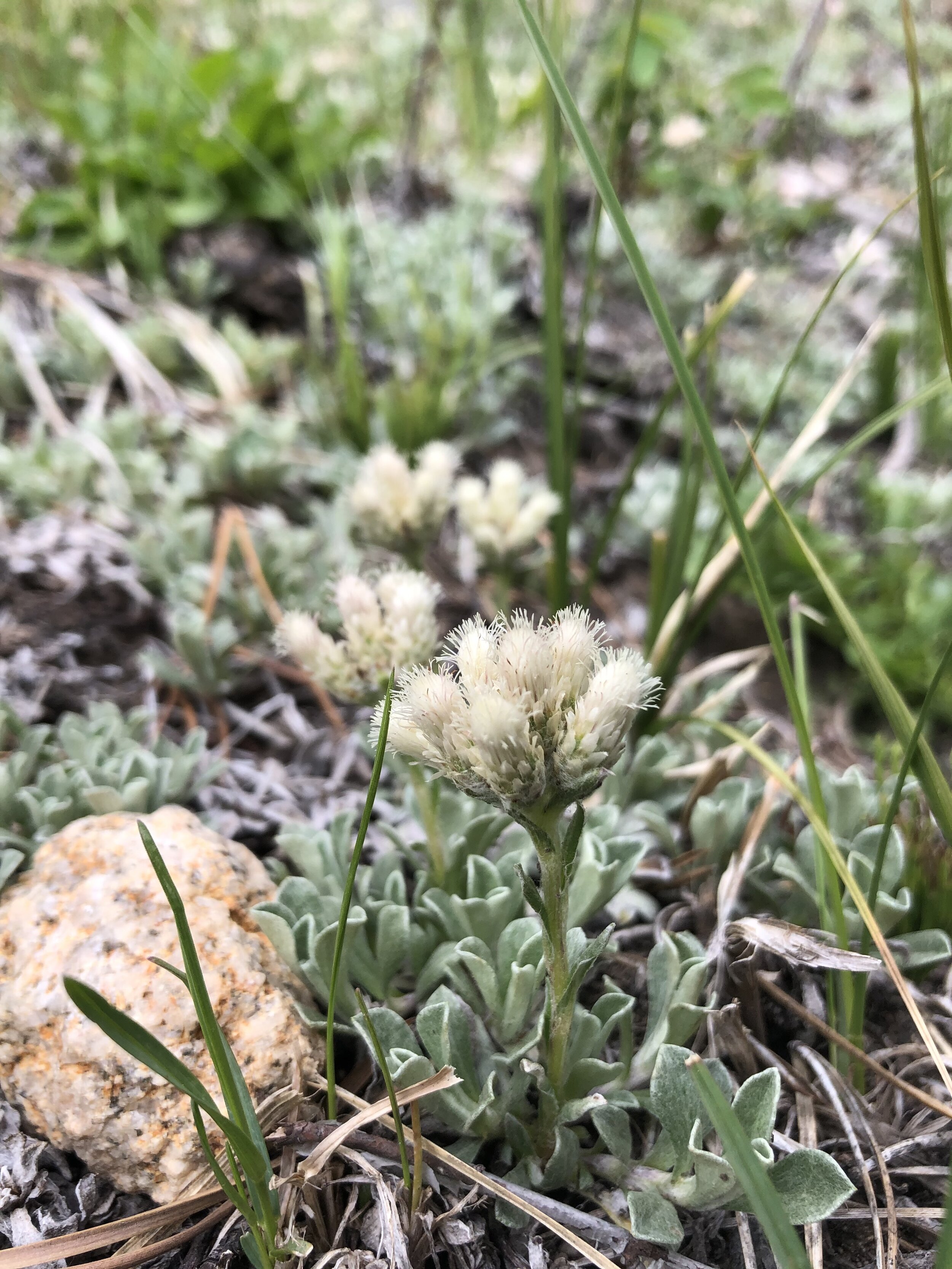Descurainia incisa, May 28, 2021
Common & scientific name
Mountain tansymustard, Descurainia incisa
Family
Mustard, Brassicaceae
Location
Weller Campground area, 9,200’
Fun, weird, helpful, or little known fact
Yes, it’s weedy looking, tall and stringy, but it’s native, it’s edible, and it’s part of the great floral melting pot!
Distinguish Descurainia species by their siliques (seed pods), as seen on the photo below, and their leaves, using a good key by Weber or Ackerman. I won’t bore you with how I arrived at D. incisa . . .
D. incisa, roadside 9,200’, June 22, 2021



